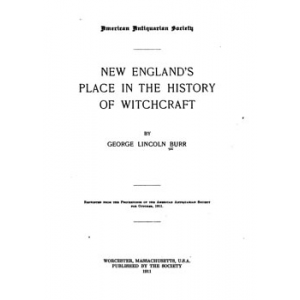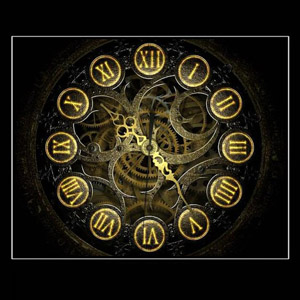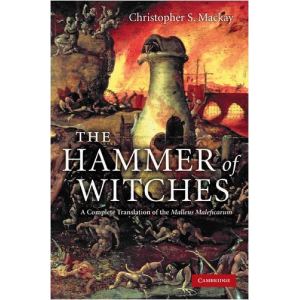
Book: New England Place In The History Of Witchcraft by George Lincoln Burr
George Lincoln Burr (January 30, 1857 – 1938) was a U.S. historian, diplomat, author, and educator, best known as a Professor of History and Librarian at Cornell University, and as the closest collaborator of Andrew Dickson White, the first President of Cornell.Burr was born in Albany, New York and entered the Cortland Academy in 1869, where he first met Andrew Dickson White, who was guest speaker for its 50th anniversary. The financial Panic of 1873 wreaked havoc on his family’s finances, and he was forced to leave school and seek employment at age 16. After a brief stint as a schoolmaster, he apprenticed as a printer of The Standard at Cortland. After 4 years, he had saved $200, sufficient for him to matriculate at Cornell in 1877. As a sophomore, Burr audited a course for seniors taught by White on the historical development of criminal law, and received permission to sit for the exam. Prof. White was so impressed by Burr’s exam answers that he secretly appointed Burr as his examiner (i.e., grader) in history. White writes in his Autobiography, "Of course this was kept entirely secret; for had the Seniors known that I had entrusted their papers to the tender mercies of a Sophomore, they would probably have mobbed me."
After his graduation in 1881, Burr accepted White’s offer to serve as an instructor and examiner in modern history, and also as White’s private secretary. This was the beginning of a literary partnership that lasted until White’s death in 1918. Under White’s tutelage, Burr developed into a scholar of medieval history. After traveling and studying in Switzerland, France, and Germany, Burr was appointed to the Cornell faculty in 1888 and made Professor of Medieval History in 1892. In 1919, he was elected John Stambaugh Professor of History.
Suggested ebooks:
Allen Greenfield - A True History Of WitchcraftGeorge Lincoln Burr - New England Place In The History Of Witchcraft




